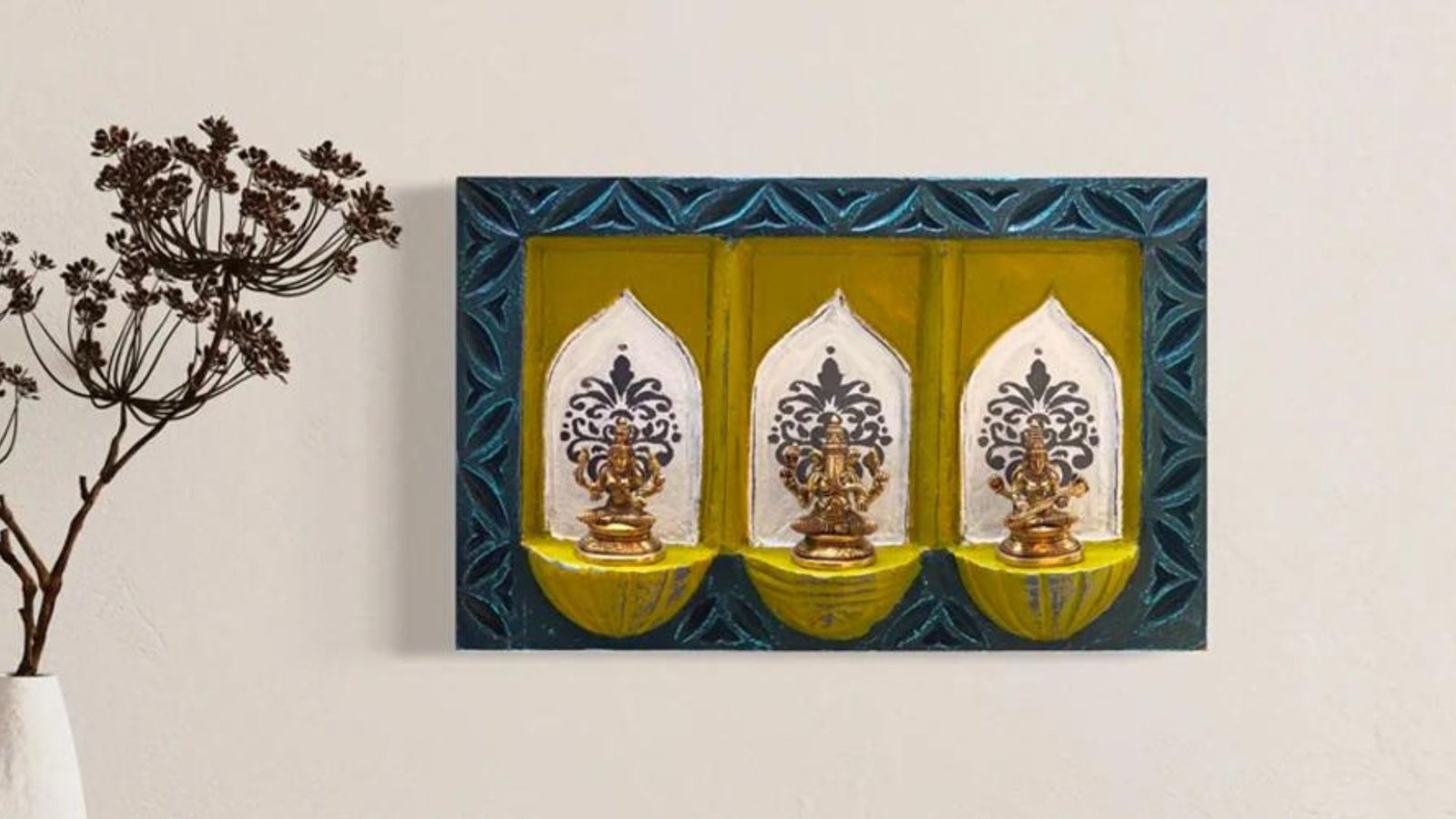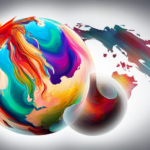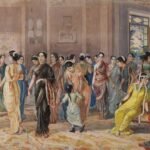Divine Crafts: Exploring Indian Sacred Art
Indian sacred art encompasses a diverse range of forms and traditions, each reflecting the profound spiritual and cultural values of the country. From ancient sculptures to intricate paintings, these works are not merely decorative but serve as expressions of devotion, belief, and divine presence. Exploring Indian sacred art offers insight into its rich heritage and spiritual depth.

The Essence of Sacred Art
Indian sacred art is deeply intertwined with religious practices and spiritual beliefs. It serves as a medium through which the divine is represented and worshipped. Sacred art often includes depictions of deities, ritual symbols, and sacred texts, all designed to facilitate a connection between the earthly and the divine. This art is not just visual but also experiential, intended to invoke reverence and devotion.
Iconography and Symbolism
Central to Indian sacred art is the use of iconography and symbolism. Each deity or divine figure is depicted with specific attributes that convey their divine nature and powers. For example, Lord Ganesha is portrayed with an elephant head and multiple arms, symbolizing wisdom and the ability to overcome obstacles. The lotus flower, often seen in sacred art, represents purity and spiritual enlightenment. These symbols are meticulously crafted to embody the divine essence and communicate spiritual truths.
Sacred Sculpture and Architecture
Indian sacred art includes not only paintings and drawings but also elaborate sculptures and architectural marvels. Temples such as those in Khajuraho and Hampi are adorned with intricate carvings depicting mythological scenes and divine figures. These sculptures serve as both artistic expressions and devotional aids, guiding worshippers in their spiritual practices. The craftsmanship involved in creating these works reflects the high level of skill and dedication of the artisans.
Manuscript Illumination
Illuminated manuscripts are another significant aspect of Indian sacred art. These manuscripts, often created in elaborate calligraphy and adorned with intricate illustrations, serve as repositories of sacred texts and scriptures. The art of manuscript illumination combines textual and visual elements to enhance the spiritual and educational value of the texts. The vibrant colors and detailed illustrations in these manuscripts help to convey the sacred teachings and stories.
Ritual Art Forms
Various ritual art forms play a crucial role in Indian sacred practices. Rangoli, a traditional art form involving intricate designs made with colored powders or rice, is created during religious festivals and ceremonies. These designs are intended to welcome deities and invite positive energy into the space. Similarly, the art of creating mandalas, geometric patterns used in meditation and rituals, helps practitioners focus and connect with the divine.
Contemporary Interpretations
In contemporary times, Indian sacred art continues to evolve while maintaining its traditional roots. Modern artists incorporate traditional motifs and techniques into new media, such as digital art and installations. This fusion of old and new allows for fresh interpretations of sacred themes, making the art accessible to a global audience while preserving its spiritual essence.
Conclusion
Indian sacred art is a rich tapestry of divine expressions and spiritual symbols that reflect the deep religious and cultural values of the country. From ancient sculptures to modern interpretations, this art form offers a profound connection to the divine and serves as a testament to the enduring legacy of India’s spiritual heritage. By exploring these divine crafts, we gain a deeper appreciation of the sacred and its impact on artistic traditions.



